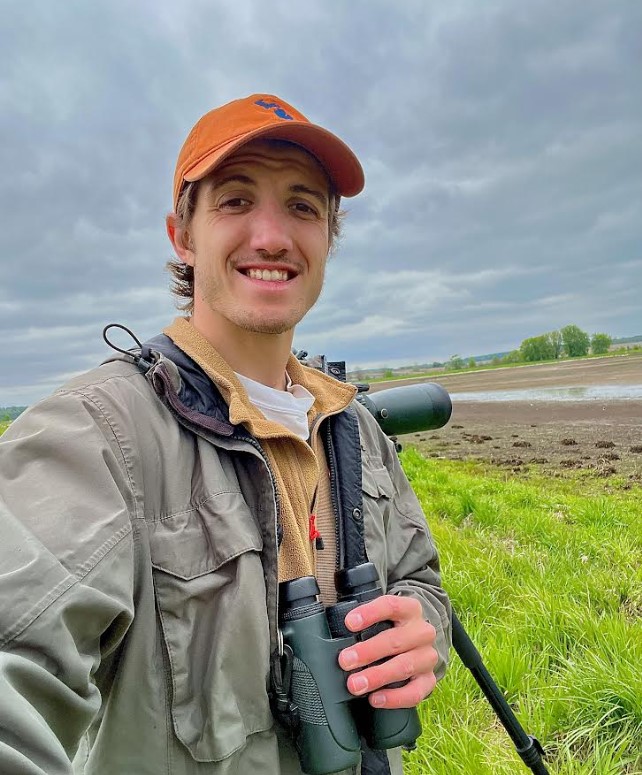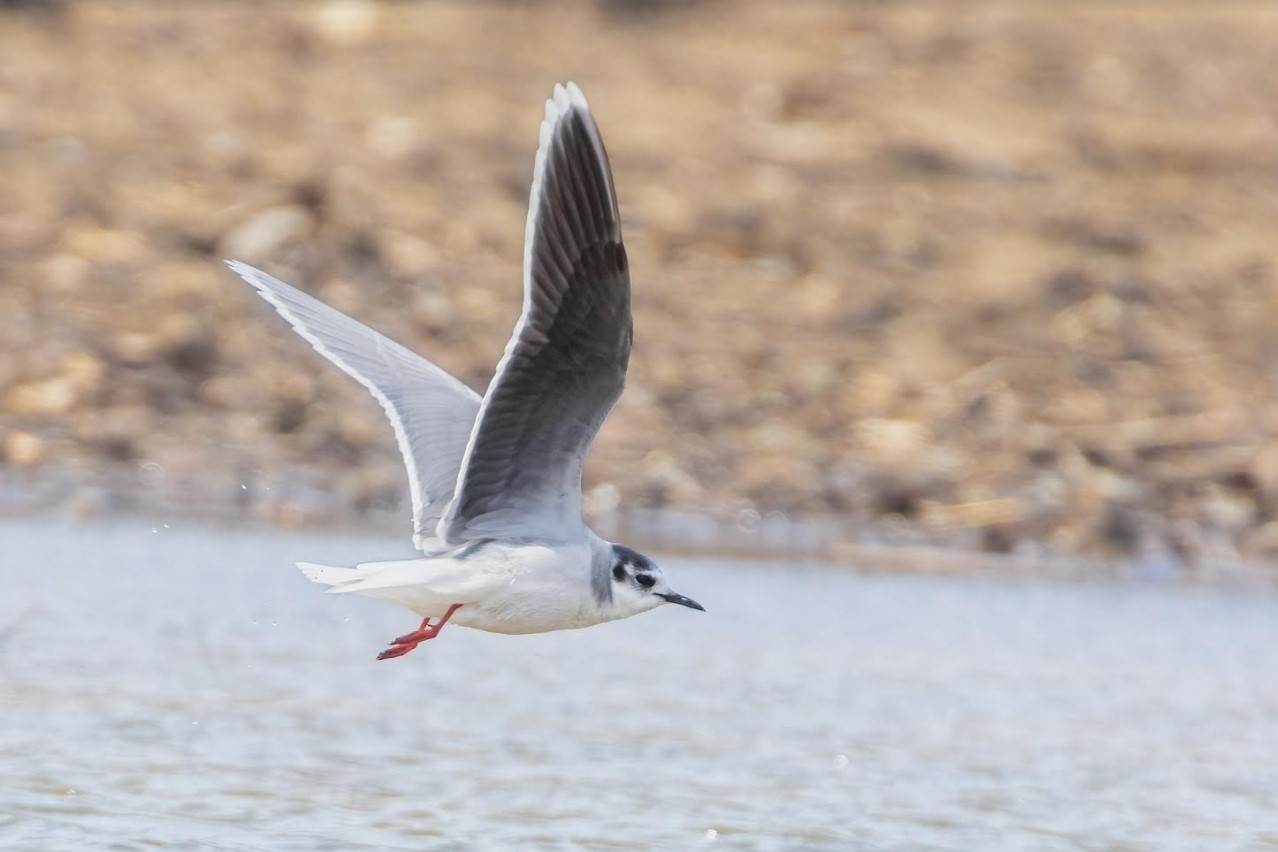Birding In Marion County
By Aidan Rominger
Nearly 73% of all species of birds ever recorded in Indiana, have been recorded within Marion County, with over 310 species recorded in the county alone! With Indianapolis having the largest human population within the state, it makes sense that Marion County would have a large birder population, and in turn, a large overall species count. However, while the large birder population certainly contributes to overall coverage, Marion County is home to a plethora of parks and natural areas that each feature unique habitat types. Throughout this article, I will discuss two of the major birding parks within the county, Eagle Creek Park and Fort Harrison State Park, as well as what makes these hotspots unique and favorable to a wide variety of bird species. I will also go into depth on some of the county’s most notable sightings, as well as some of the most recent additions to the Marion County bird species list.
Northwest Marion County is home to arguably one of the best parks not only in the state but in the country – Eagle Creek Park. Eagle Creek Park is one of the most heavily visited, and popular birding destinations in the state. At 5,400 acres, Eagle Creek Park is home to a wide variety of habitat types, including extensive mudflats in late spring and fall, 1,400 acres of water, 3,900acres of mature hardwood forest, oak savannah prairie, cattail marshes, and more. Birders have been birding the park since its establishment in 1972, making the list of species seen within the park very high throughout the years. Over 285 species have been recorded within the park alone, accounting for over 91% of all bird species ever recorded within the county. Now that’s a lot of birds! The park hosts over 35 warbler species every spring and fall, in addition to many other migratory songbird species. During late spring and fall when the water levels are lowered and mudflats are exposed, Eagle Creek Park can become a fantastic shorebird spot as well.
The west side of Eagle Creek Park hosts many quality nesting species such as Hooded Warbler, Kentucky Warbler, Prairie Warbler, and Blue-winged Warbler, to name a few. Eagle’s Crest prairie located on the west side of the reservoir, has attracted many quality grassland nesting species over the years. Most notably, Eagle’s Crest hosts one of Indianapolis’s only nesting Henslow’s Sparrow populations, as well as nesting Blue Grosbeaks, Yellow-breasted Chats, and more. The park’s Ornithology Center hosted central Indiana’s first confirmed nesting record of Fish Crow, as well as Marion County’s first confirmed nesting record of Mississippi Kites on the west end of the reservoir back in 2014.
Eagle Creek Park has had many rarities over the years, most notably, the park has eight records of Northern Goshawks with the most recent record coming from 2011. In 2020, Marion County added its first record of Swallow-tailed Kite from the southern end of the reservoir. The park has also had its fair share of rare water bird species. Over the years, the reservoir has had two records of Magnificent Frigatebird, a single record of Long-tailed Jaeger, multiple Sabine’s Gull records, and in this past March, Marion County’s first Little Gull. Eagle Creek Park is also known for hosting one of the rarest birds in North America, normally native to the Arctic Circle, an adult Ross’s Gull that was found on the park’s mudflats in November 1995. Shockingly, at the same time the Ross’s Gull was being seen, so were an American Avocet and a Northern Goshawk that had attempted to hunt both the gull and the avocet! Lucky for the gull and the avocet, the goshawk was unsuccessful. This species pairing may go down as one of the most incredible encounters in the history of Indiana birding, all within Marion County. It’s no secret that Eagle Creek is a quintessential birding destination within the county for a multitude of species, but it isn’t the only solid birding location in the county.
On the northeastern edge of the county, lies Fort Harrison State Park. Fort Harrison is a 1,700- acre state park with pristine hardwood forest and riparian habitat, which is perfect for attracting many species of migrating songbirds. In the spring and fall, many birders congregate at the park in hopes of seeing any of the 35 warbler species that have been found within the park. With Fall Creek running through the park, the creek creates the perfect mix of hardwood forest songbirds and river/creek-dwelling songbirds. For instance, Prothonotary Warblers and Louisiana Waterthrushes nest along Fall Creek, often mixing with hardwood forest nesters such as Acadian Flycatchers and Yellow-throated Vireos. Fort Harrison has had its fair share of uncommon species over the years including multiple sightings of a rare hybrid back-cross of a Golden-winged Warbler x Blue-winged Warbler, known as a Brewster’s Warbler. The park has also hosted multiple Worm-eating Warblers, which are rarely found north of southern Indiana during migration. The park is also one of the best places within Indianapolis during migration to find Olive-sided Flycatchers, as well as Connecticut and Mourning Warblers. During the summer breeding season, Fort Harrison is one of the few parks within central Indiana to host a stable population of nesting Cerulean Warblers. Most of the nesting Cerulean Warblers within the park nest in the planted walnut plantation. Fort Harrison is also one of the only places where Veery have been confirmed breeding within Marion County.
While both Fort Harrison State Park and Eagle Creek Park are both prime birding destinations within the county, ABAS would love to hear about your favorite birding spot in Marion County. You can email them to info@amosbutleraudubon.org or message us on social media. Send in your favorite Indianapolis birding spots today!
Feature photograph of Little Gull by Aidan Rominger


